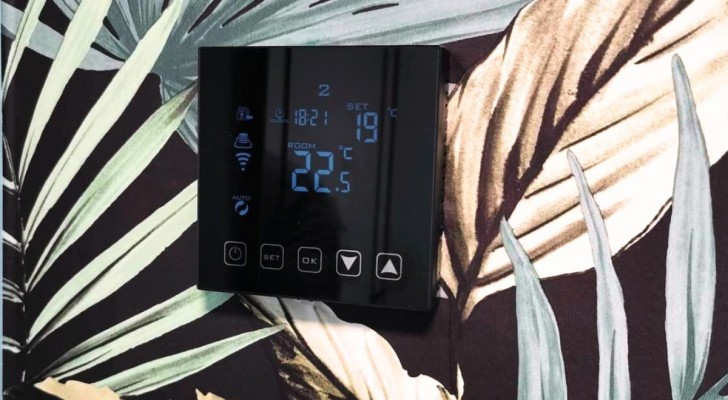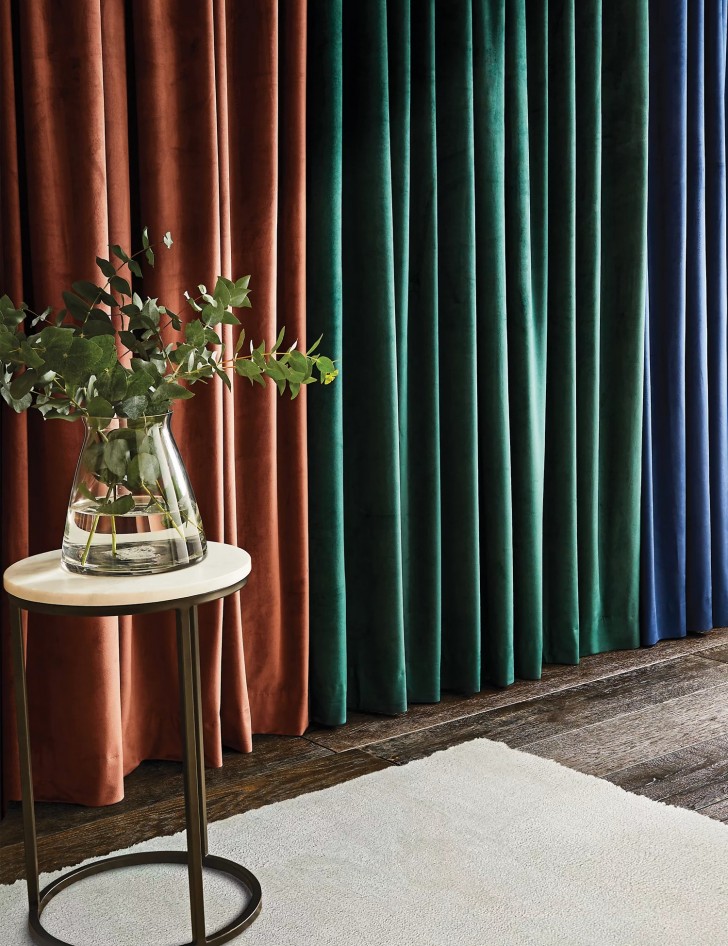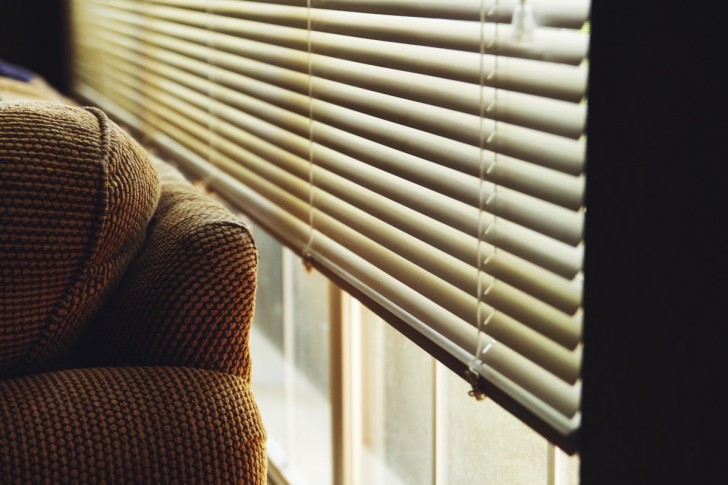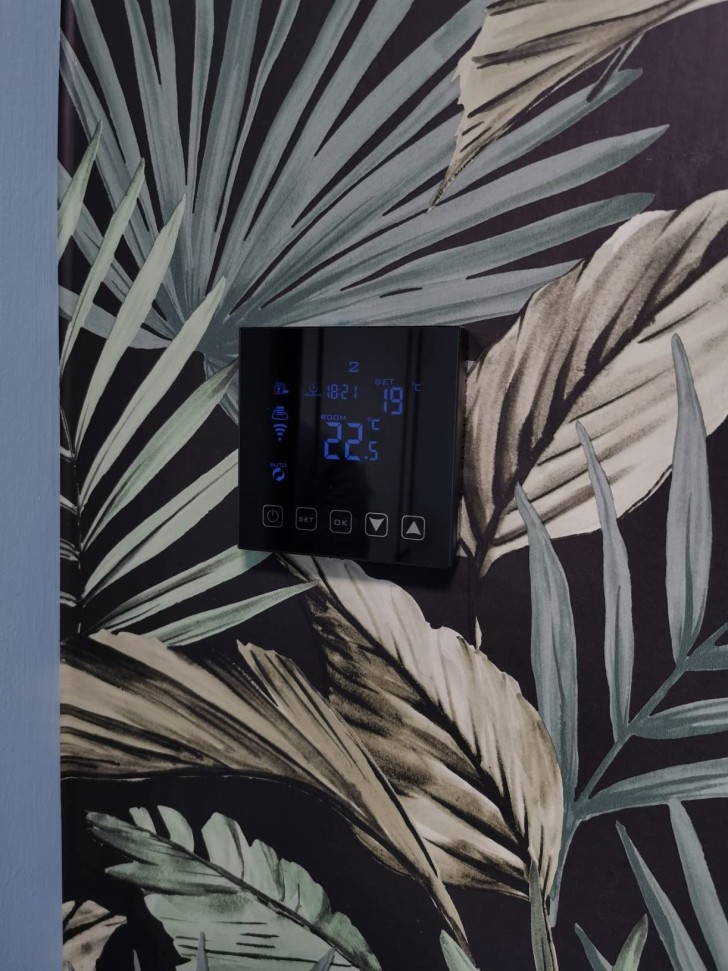Is it possible to heat up the home faster and consume less power?

With the drop in temperatures as winter closes in, the need to heat our homes returns, and therefore the concern about increased, expensive energy consumption. It is worth implementing any strategy, however simple, that can help us maximize the use and efficacy of our heating systems without wasting precious energy.
There's a few things we can do to keep energy costs down - let's check out a few of these below:
Windows: how to best prep them for the cold

One of the areas with the greatest thermal dispersion in the house is certainly the windows. This is true even for the latest types/models, with double glazing and thermal storage systems.
So, what can be done to help? We can improve the windows' thermal insulation by applying transparent films, which need to be cut and stuck to the glass with the help of double-sided tape and a hairdryer. The installation requires patience, but afterwards, you will end up with windows that do not fog up due to condensation, and that have a capability to retain 8% more heat in your home.
A more rudimentary solution - perhaps to be used for small, service windows - is to insulate them during the coldest periods with sheets of bubble wrap.
Don't lose precious heat from your home

Additionally, when the cold weather begins, we should consider changing the curtains - at least in the bedroom and living room: select heavy-material curtains. These will help us a lot when there is no sunlight and will block drafts.
And this brings us to the next tip: knowing when to open and close the windows to retain as much heat in the house as possible.
Indeed, while it is crucial for our health to ventilate the rooms at least once a day, when it is really cold, this should be done in the morning. This way, we eliminate the stale air accumulated during the night and, even if cold air enters, the daylight hours ahead will counteract this heat loss.
Close the shutters/blinds at the right time to retain the heat

Pxhere
"Obviously!" one might think. But do we really always do this? In the morning, when it's cold, we should open/raise the shutters/blinds to ensure that every last ray of sunshine can enter the house and help warm it up. But as soon as it starts to get dark, we must remember to close not only the curtains but the shutters too (at least in lesser-used rooms), and in the bedroom and bathroom. In this way, we retain more heat, and our heating systems will have to "work" less to compensate for any temperature fluctuations.
Draft excluders and carpets

Windows, exterior doors, but also beneath doors inside the house - especially those leading to hallways, landings, stairs, or rooms that we don't heat as much as the rest of the house: it's necessary to block the drafts coming in from these areas using draft excluders, carpets and other draft-stopping products.
We don't keep the heaters on all the time

It's often a needless waste to keep the heating on continuously.
We need a bit of warmth when returning home from any daily activity, so it would be advisable to turn on the heating only in the late afternoon on very cold days. This way, in the evening and during the early part of the night, the heating will combat the external cold, and we will make use of the residual heat in the house until it needs to be turned back on.
If we are accustomed to a certain temperature, we can try lowering it by just one degree (or a maximum of two): the difference is not enough to make us feel cold but will reduce the power bill!
What are your favorite tips for keeping your house warm without waste?